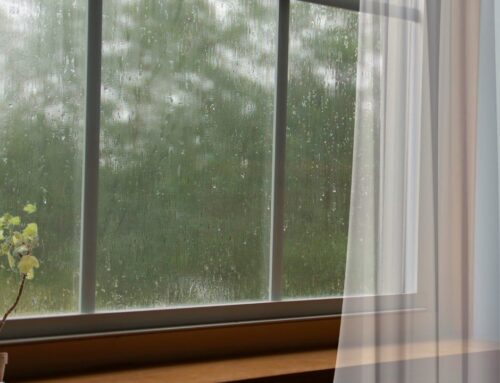Maintaining your home throughout the year ensures it remains in excellent condition, prevents costly repairs, and provides a safe and comfortable living environment. Each season presents unique challenges and opportunities for upkeep. Here’s a comprehensive guide to seasonal home maintenance.
Spring
1. Inspect Roof and Gutters: Spring showers can reveal weaknesses in your roof and gutters. Clear away any debris that has accumulated during the winter, and check for signs of damage such as missing shingles or leaks. Ensure gutters are free of blockages to facilitate proper water drainage.
2. Check Exterior Walls: Examine the exterior walls of your home for any cracks or signs of damage. Spring is an ideal time to repair these issues before the summer heat exacerbates them. Pay particular attention to areas near windows and doors.
3. Service HVAC System: Before the heat of summer sets in, have your HVAC system serviced. This includes replacing filters, checking for any leaks or inefficiencies, and ensuring it is running smoothly. Regular maintenance of your HVAC system can extend its life and improve energy efficiency.
4. Clean Windows and Screens: Clean windows not only enhance the appearance of your home but also improve the quality of light that enters. Remove and clean screens to ensure they are free of dust and dirt, which can impede airflow and visibility.
Summer
1. Inspect Deck and Patio: Summer is the perfect time to enjoy outdoor spaces. Inspect your deck and patio for any signs of wear and tear. Seal any wood surfaces to protect them from the elements and extend their lifespan.
2. Check Plumbing: Inspect your plumbing system for leaks, especially in areas that are not frequently used. Insulate exposed pipes to prevent condensation and reduce the risk of leaks. Fixing small issues early can prevent major water damage.
3. Maintain Landscaping: Proper landscaping maintenance can protect your home from damage. Trim bushes and trees away from the house to prevent damage to the exterior and roof. Regularly mow the lawn, and consider planting drought-resistant plants to reduce water usage.
4. Clean Dryer Vents: Cleaning dryer vents is a crucial task that is often overlooked. Clogged vents can cause fires, so make sure they are clear of lint and debris. This also improves the efficiency of your dryer, saving energy and reducing wear on the appliance.
Fall
1. Inspect Heating System: As temperatures drop, your heating system becomes essential. Have a professional inspect and service your furnace. Replace filters and ensure the system is running efficiently to avoid any unexpected breakdowns during the cold months.
2. Clean Gutters and Downspouts: Falling leaves can quickly clog gutters and downspouts. Clean them out regularly to prevent water damage to your roof and foundation. Installing gutter guards can help reduce the frequency of this task.
3. Check Insulation: Proper insulation is key to maintaining a comfortable indoor temperature and reducing energy costs. Check the insulation in your attic and walls, and add more if necessary. Sealing any gaps or cracks can also improve your home’s energy efficiency.
4. Seal Windows and Doors: Drafty windows and doors can significantly impact your heating bill. Use weatherstripping and caulk to seal any gaps, ensuring that your home retains heat more effectively. This simple task can lead to significant energy savings.
Winter
1. Inspect Pipes: Frozen pipes can burst and cause extensive water damage. Insulate pipes in unheated areas and keep a close eye on the weather forecast. During extreme cold, let faucets drip slightly to prevent freezing.
2. Check Roof for Ice Dams: Ice dams can form on your roof, causing water to back up and leak into your home. Use a roof rake to remove excess snow, and ensure your attic is well-insulated and ventilated to prevent this issue.
3. Test Sump Pump: If your home has a basement, a working sump pump is crucial to prevent flooding. Test it regularly to ensure it’s functioning properly, especially during heavy rains or melting snow.
4. Maintain Humidity Levels: Winter air can be very dry, leading to discomfort and health issues. Use humidifiers to maintain a healthy indoor humidity level. This can also help preserve wooden furniture and floors, preventing cracks and warping.
Regular home maintenance, tailored to each season, can significantly extend the life of your property and improve your living conditions. By following this guide, you can address potential issues before they become major problems, ensuring your home remains a safe and comfortable haven all year round. Investing time in these tasks can save you money in the long run and enhance the overall value of your home.






Leave A Comment